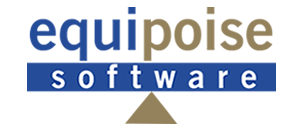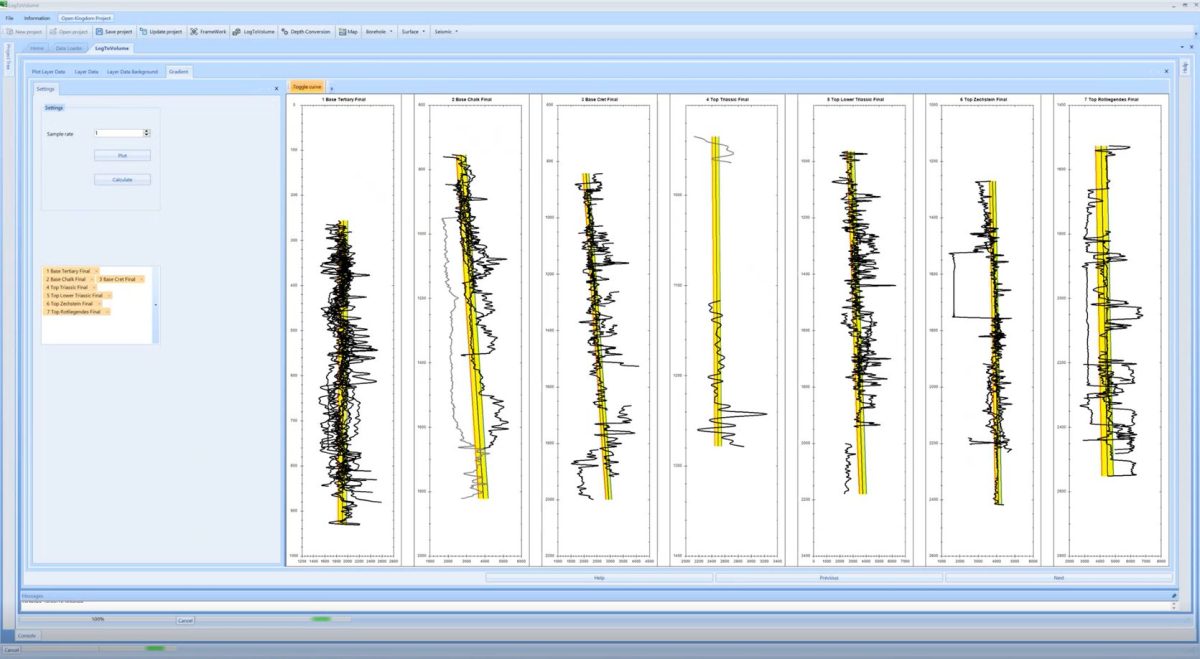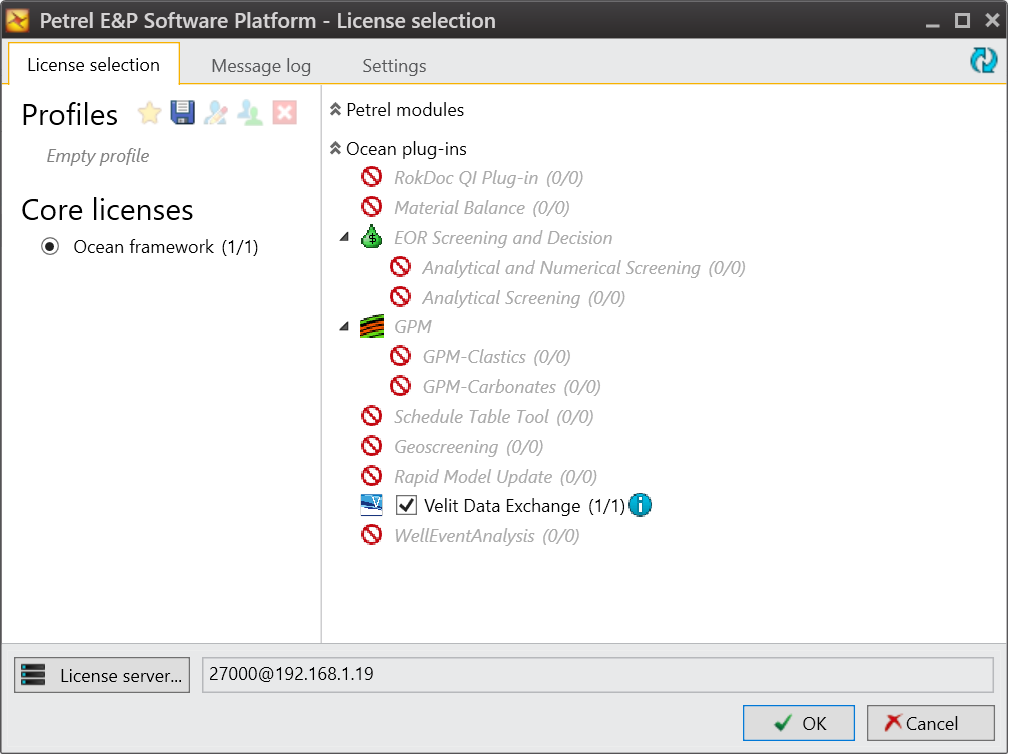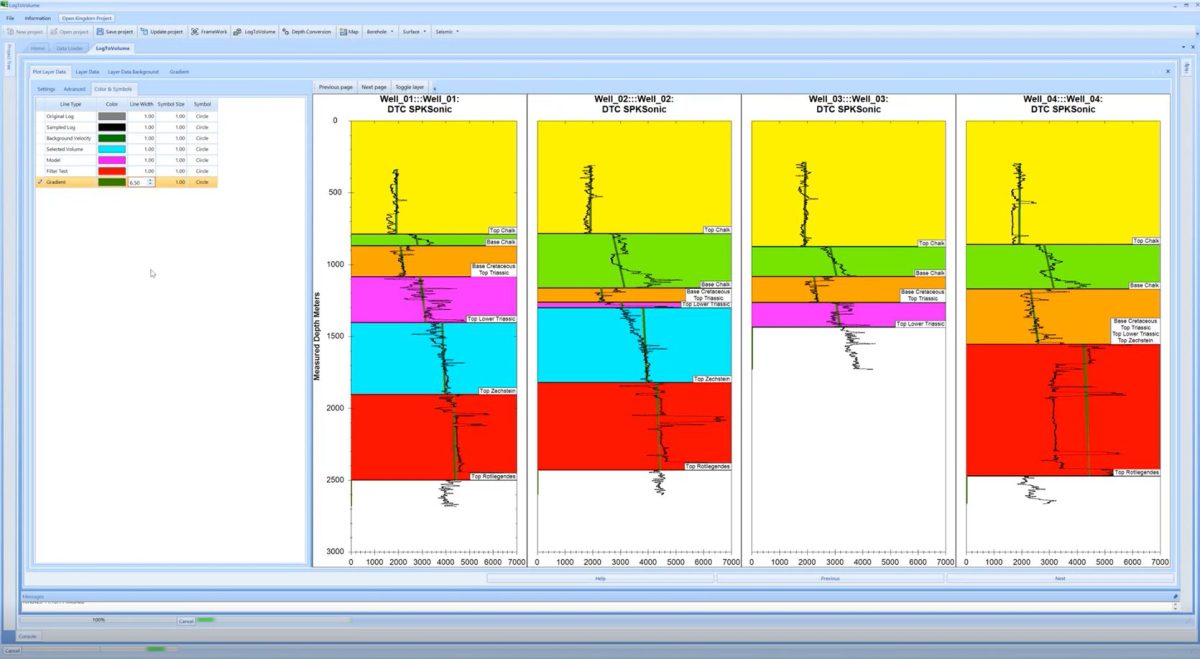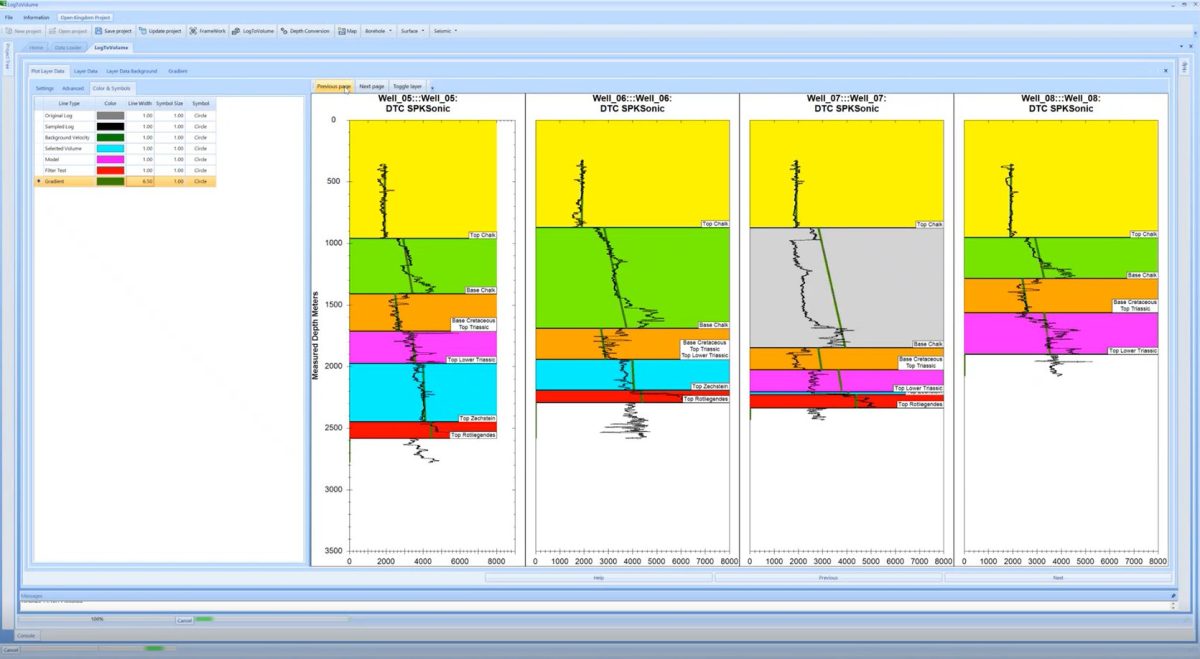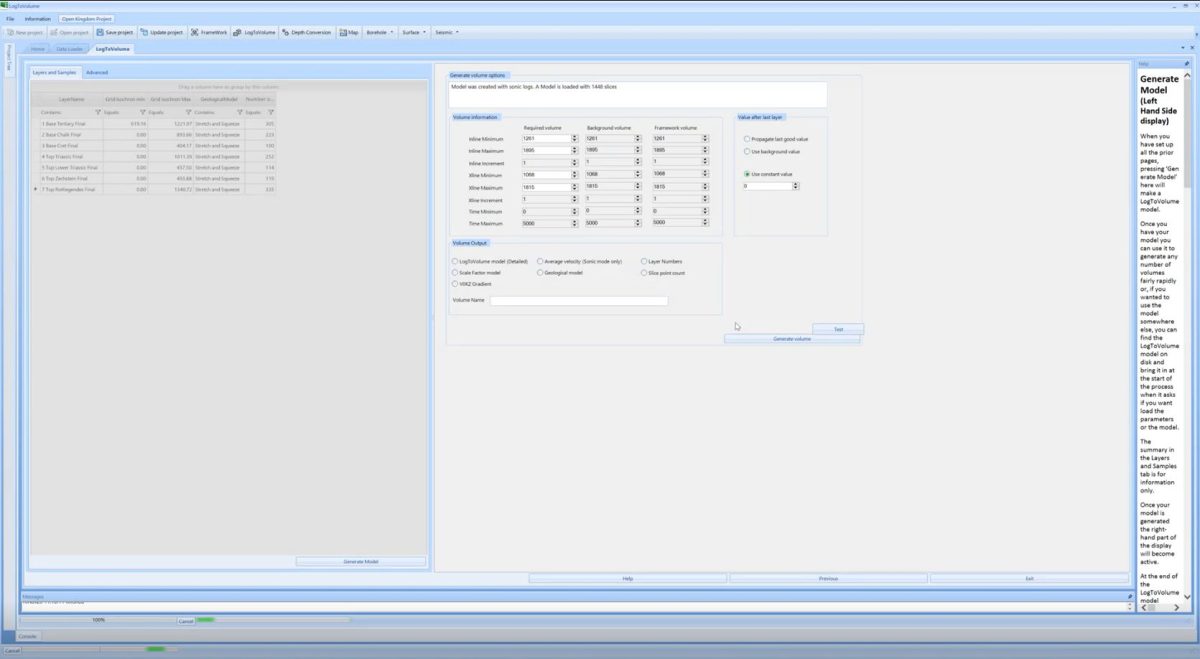In this month’s behind the scenes look at the development of our software, we turn our attention to the progress we’re making on getting Velit into Schlumberger’s DELFI environment and the latest developments to our new LogToVolume module.
Velit is coming to DELFI
Our Stochastic Depth Conversion software Velit has been developed on the Petrel geoscience platform since 2015, and we are now working on making it available for users in the DELFI environment. As you can see in the image below, we’ve got the Velit Data Exchange module being recognised by the Ocean Framework and the licencing aspect of the software in complete.
Before we can officially announce the release of the software however, we are currently in the process of developing several areas of the software to comply with Schlumberger’s guidelines. Hopefully it won’t be too long until you’re able to access Velit as part of your DELFI subscription options.
LogToVolume Update – New V0KZ Background Model Option
The first release of LogToVolume was launched on the Kingdom geoscience platform on the 10th October 2023. This was part of the Kingdom Service Pack 1 update. The software is current free to anyone who has an active purchase or subscription to either VelPAK or Kingdom Seismic Inversion. This software enables you to perform general purpose log property spreading as inputs for Reservoir Characterisation, Pore Pressure Prediction and inputs to Kingdom Seismic Inversion. It also permits you to perform Next Generation Depth Conversion through the use of its MicroLayer technology, whereby you can create a velocity model which contains 1500 layers (for example) and interpolates the velocities between the wells, at the seismic resolution.
The current version of the software provides you with the capability to create a Framework for a geological model using an interval velocity per layer. Our development team are currently in the process of updating the software such that next year’s release will contain the ability to utilise a V0KZ gradient per layer, as you can see in the image below.
The important aspect of this development is that we are using a Least Median of Squares approach to ensure that the regression that is used to compute the V0KZ for each layer is robust, which is not to be confused with a Least Square fit approach (which is highly unstable in comparison). This image below shows how the regression for each layer is derived and how the regression is unaffected by outliers within the data, thus ensuring a robust result.
In the example below, you can also see how you’re able to turn off layers discreetly where the bad data does not match the overall regression derived for each layer. This will ensure that the software does not propagate ‘bad’ values throughout the volume and will instead default to using the background model in the absence of data for that layer around the well which has been deselected. This can serve as an indicator of what data needs to be reconditioned as part of a QC process.
The Volume Generation tool within the software will also be enhanced with a new V0KZ Gradiant option, such that you’re able to create a volume containing the gradients per layer and then leverage this as a Background Model. This should provide improved accuracy over working with a background volume of interval velocity for example.
If you have any questions about the new developments of our software, or want to discuss our other products, or the depth conversion training courses we provide, then please get in touch with us at sales@equipoisesoftware.com where we’ll be happy to discuss your questions in more detail.
